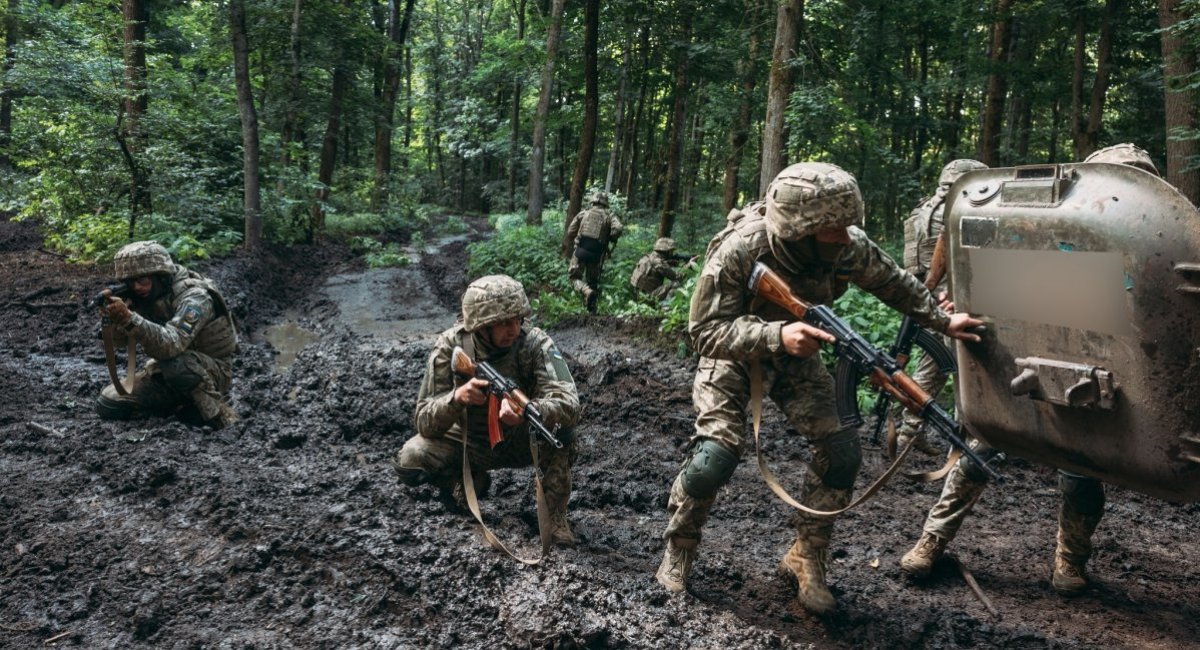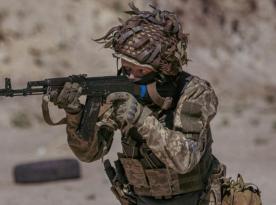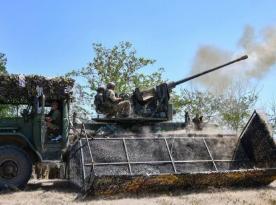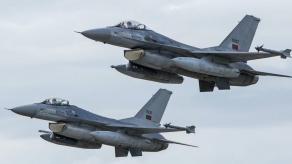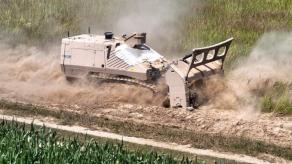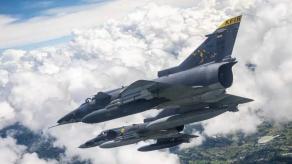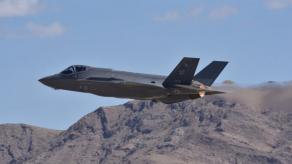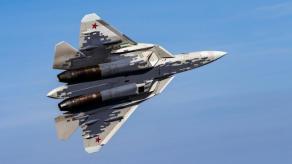Fierce battles continue in eastern Ukraine as Ukrainian forces confront the russian occupation army. The level of intensity can be seen, for instance, in footage shared on social media, where artillery shells are used as improvised "banzai grenades" during assault operations to clear buildings of russian troops.
One notable example is the use of 120mm mortar rounds in this improvised role. The term "banzai grenade" is deliberately used to highlight the desperate nature of the situation in which Ukrainian troops are forced to adapt heavy munitions for close-quarters urban combat.
Read more: Why Ukraine’s Bohdana Howitzers Still Aren't the Army's Main Gun
Even more striking is the use of a 155mm artillery shell fitted with a simple time-delay grenade fuse (reportedly set for four seconds) as a hand-thrown explosive device.
This adaptation speaks volumes about the extreme physical demands placed on Ukrainian defenders. A soldier must carry a 40-kilogram shell through urban combat zones and then throw it with enough force and accuracy to inflict damage on enemy troops.
These examples underscore not only the brutal conditions under which Ukrainian forces are fighting russia’s assault units, but also the glaring gaps in available munitions. The sheer weight of such rounds highlights the logistical burden of moving these improvised weapons to the front line.
More importantly, these cases reveal critical capability gaps in Ukraine’s defense-industrial support to the Armed Forces.
First, there is a clear need for high-power munitions tailored for infantry assaults in urban environments. The current use of artillery rounds in improvised roles reflects the same level of improvisation seen in the use of TM-62M anti-tank mines as payloads for FPV drones.
Second, Ukraine’s defense industry must scale up production of unmanned ground vehicles (UGVs) — particularly kamikaze variants capable of delivering explosive payloads such as 120mm mortar shells or 155mm shells when other options are unavailable.
Some developments are already underway, including a Ukrainian UGV armed with an Igla MANPADS, but the sector remains underdeveloped.
Read more: What is the Ukrainian Chief-1 UAS and How Does It Fight russian Drones




